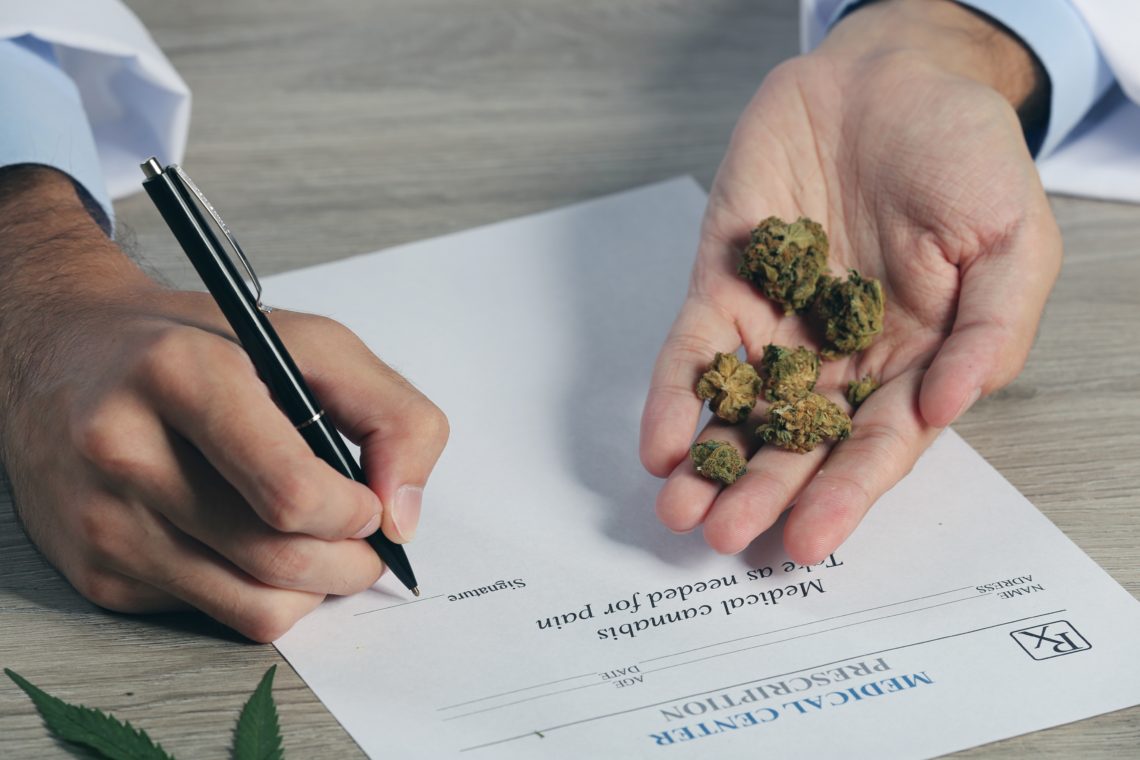Self-Care, or radical Self-Care, is the theme for the 5-year anniversary of the Glass Half Full podcast. This short episode features my brand of self-care — daily routines that are my sustenance, not just an…
This is part 2 of a conversation with Dalia Kinsey, RD, LD, SNS. We talk about becoming our authentic selves, how trauma impacts our physical and emotional health, and the need for inclusivity and intersectionality…
Featured are four people — with their own unique health conditions — that are coping and making the best of the quarantine and pandemic. Luda Gogolushko, who has SMA Type 3 and lives in Southern…
A family physician talks about ways to avoid the flu, and enhance your immunity, during this peak season for influenza. Plus, you might learn some flu factoids for your next flu trivia contest. Stay on…
If memory serves me correctly, the phrase garbage in, garbage out refers to the quality of computer programming. But it can also be applied to how we eat. Think about it. You’ve heard we are…
So, what is fatigue? It’s not a fancy word. Most of us probably think it’s synonymous with being tired. But, is it? Wikipedia’s entry for fatigue includes: Fatigue is a subjective feeling of tiredness that…
Hopefully you have already downloaded the Health Storylines app and are using it to record and monitor your self-care goals. If you’re new to our monthly Self-Care Challenge, check out this earlier post. My recent…
One yoga teacher’s health journey. Katrina LaShea was able to ease her back injury and subsequent ankle injury pain through a yoga practice. What once worked as a treatment, later became her passion. Today Katrina…
Do It Yourself: Cannabis
- January 18, 2019
- Tagged as: cannabis, Do It Yourself, self-care, sleep
Need help with sleep? David — resident DIY expert — explains how to decarb, squish, and infuse cannabis. Unfamiliar with these terms? No worries. These terms, and more, are explained for the novice. Podcast episode,…
Self-Care Challenge Anew
- January 12, 2019
- Tagged as: chronic illness, diet, exercise, self-care
Happy New Year! I think it’s safe to greet someone with this salutation for the duration of January. Somewhere, sometime, someone said…”you’ve got the entire month of January to focus on the new year…” …and…






